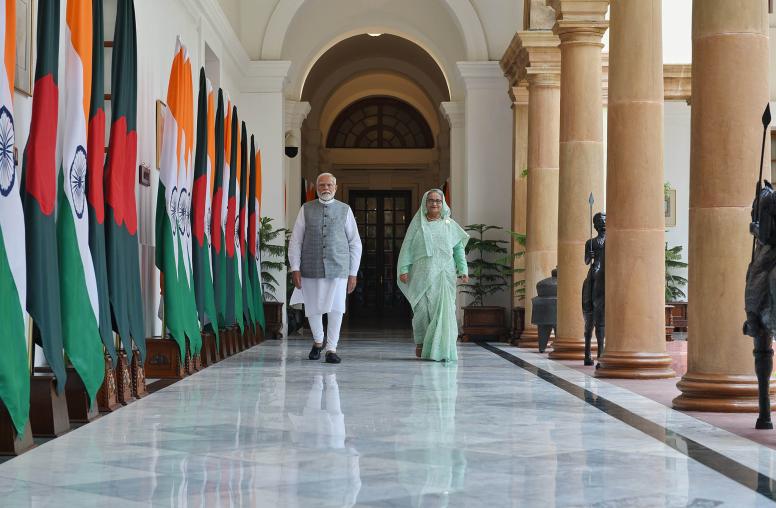Will CPEC Be a Force for Peace or Conflict?
Assessing the Impact of the China-Pakistan Economic Corridor
Read the Event CoverageChina last year promised $46 billion to build the China-Pakistan Economic Corridor (CPEC)—its strategic trade route to the Indian Ocean. China and Pakistan hope the project’s roads, rails and pipelines will help stabilize Pakistan and the broader region, but some Pakistanis also say it risks feeding corruption and upheaval. India opposes the project, but how actively will it do so? How far could CPEC advance U.S. interests in a more stable Pakistan that is less hospitable to Taliban and other extremist groups? What impact might these investments have on stability in Afghanistan? The U.S. Institute of Peace convened a group of experts on December 1 to examine this landmark project and its implications for South Asia.

The China-Pakistan Economic Corridor is a mainstay of China’s “One Belt, One Road” strategy to build its trade routes and influence westward through Asia. Nineteen months after China and Pakistan signed a series of CPEC deals, the project is underway—a sprawling collection of energy projects, road construction, special economic zones, and industrial parks. But questions remain pressing. Armed dissidents in Pakistan’s Balochistan province resist the project as an unfair exploitation of their region. A recent speech by Indian Prime Minister Narendra Modi has raised questions about how energetically his government might oppose it.
What is the U.S. response to CPEC, and what should it be? Could China’s project complement U.S. efforts to stabilize Afghanistan by building trade routes from Central Asia to the Indian Subcontinent?
The December 1 USIP panel examined the progress of CPEC so far, and its costs and benefits for Pakistan, South Asia and the United States.
Panelists
Hussain Nadim
Senior Pakistan Expert, Asia Center, U.S. Institute of Peace
Former Special Assistant to Federal Minister of Planning, Development, and Reforms, Government of Pakistan
Arif Rafiq
President, Vizier Consulting, LCC
Fellow, Center for Global Policy
Non-Resident Fellow, Middle East Institute
Sarah Watson
Associate Fellow, Wadhwani Chair in U.S.-India Policy Studies, Center for Strategic and International Studies
Zhao Hai
Research Fellow, National Strategy Institute, Tsinghua University, China
Jennifer Staats, Moderator
Director, China Program, Asia Center, U.S. Institute of Peace



